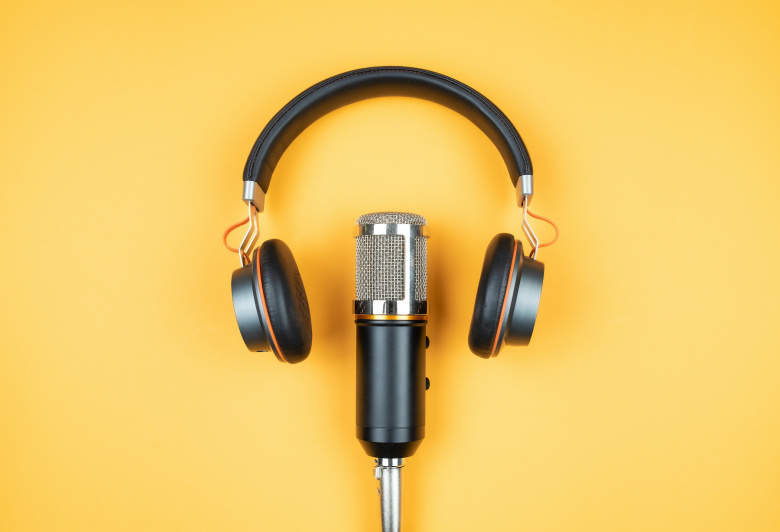Easy Steps to Recording a Song
The process of recording a song isn’t simple, you need to know all about the equipment you need, how to set up your studio space and optimize for sound quality, how to record vocals and instruments separately or together, mixing tips for getting the best possible mixdown (and what exactly that means), mastering techniques for making sure your music sounds great on every device it’s played on – not just in person.
It’s a daunting process, and the temptation is always to take shortcuts. But don’t do it! If you want your song on Spotify or Apple Music, for example, they have strict rules about how music needs to be mastered in order to play well – not just sound good – across all devices and listeners. For that reason alone it’s worth doing everything right from the start.

First, you need to find a suitable studio. The best studio spaces are usually some combination of acoustically treated and sound-isolated. A room that’s right for one kind of recording will not necessarily work well for the other, so be sure to check out your options before settling on a spot. Acoustic treatment is all about controlling reverberation – absorbing or reflecting sound waves in order to shape how it feels inside a space. Sound isolation is simply blocking external noise from getting into the space, which can sometimes mean investing in heavy curtains (or even double paned windows) if you’re working with an open floorplan home office like many people have these days!
Muting instruments during tracking sessions can help keep things cleaner when more than one person is playing live at once;
A good Shure Australia microphone is also important and you’ll want to make sure your signal is clean and strong before you hit the record button.
Acoustic treatment helps control reverberation in space when recording acoustic instruments like vocals or guitars, which often need more low-end frequency than what a room can offer on its own. Sound isolation can be achieved with heavy curtains, double pane windows, sound-absorbing materials (like egg crates) around speakers – whatever will help keep external noise out of the studio is worth considering if you’re trying to have an isolated experience for recording purposes! This also means that good microphones are especially important because they capture less outside noise.
